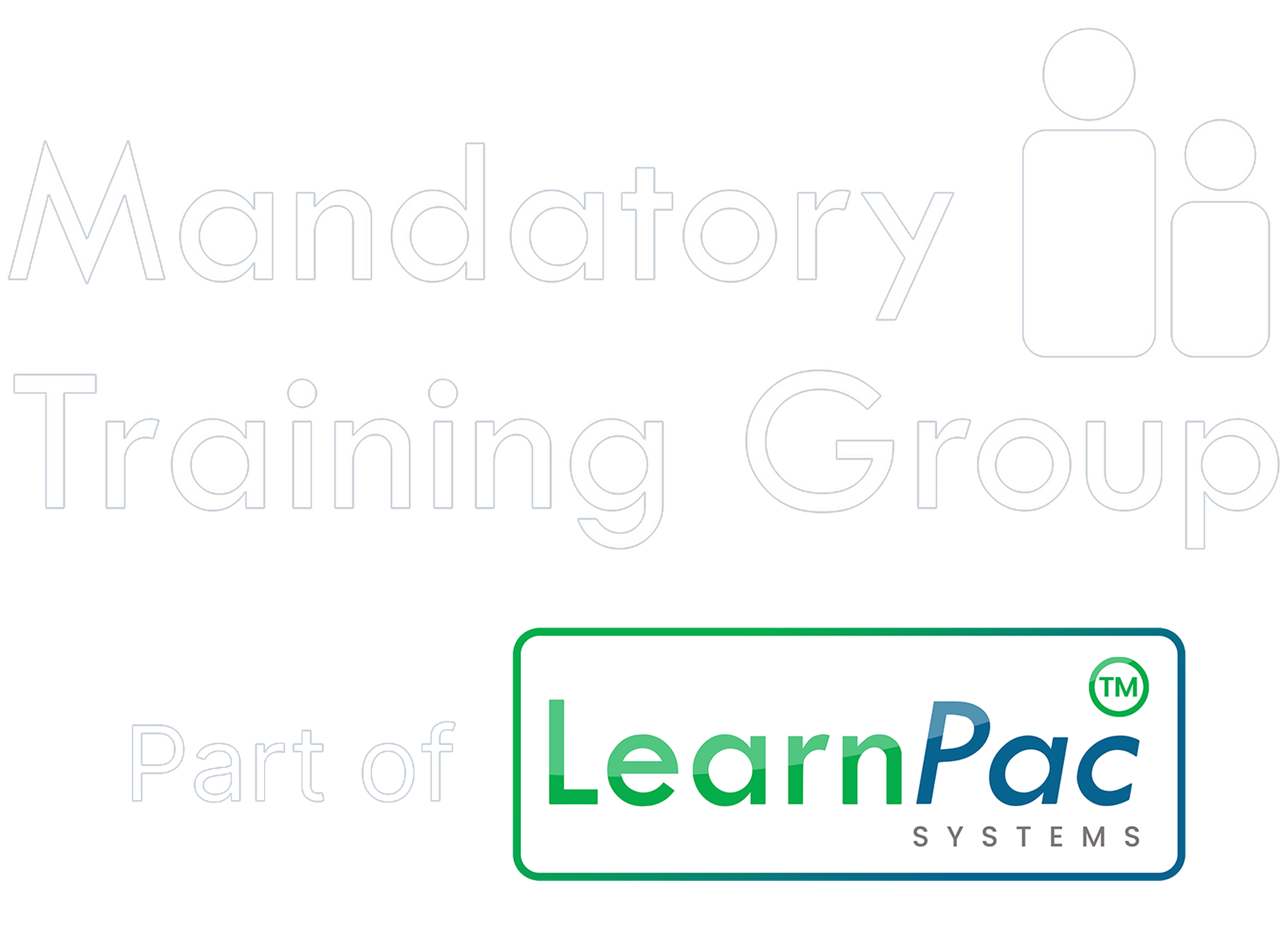You have no items in your shopping basket.
Key facts and statistics
- Priority in business - Over 80 per cent of executives consider innovation among their top three priorities, yet less than 10 per cent are satisfied with their organisations’ innovation performance.
- Growth and value - Successful innovation delivers substantial net new growth. According to McKinsey, innovation must increase value and drive growth to be considered successful.
- Operational vs. innovative - Many established companies excel at operating existing businesses but struggle with innovating. Most succeed by optimising their core businesses rather than creating new and creative game changers.
Key definitions
Innovation
Innovation is the ability to conceive, develop, deliver, and scale new products, services, processes, and business models for customers. It is a systematic approach that involves:
- Conception - Generating new ideas and concepts. Development - Turning ideas into viable products or services.
- Development - Turning ideas into viable products or services.
- Delivery - Bringing innovations to market.
- Scaling - Expanding the reach and impact of innovations.
Types of innovation
- Product innovation - Developing new or improved products.
- Process innovation - Implementing new or significantly improved production or delivery methods.
- Service innovation - Creating new or enhanced services.
- Business model innovation - Developing new ways of doing business to create and capture value.
Best practices for implementation
Understanding legislation and regulations
In regulated sectors like health and social care, understanding and complying with legislation and regulations is critical. Innovations must align with standards set by bodies such as the Health and Safety Executive (HSE) and the Care Quality Commission (CQC).
- Health and Safety Executive (HSE) - Ensures that workplace innovations do not compromise employee safety.
- Care Quality Commission (CQC) - Monitors and inspects health and social care services to ensure high standards are maintained.
Adhering to these regulations ensures that innovations not only improve efficiency and outcomes but also maintain compliance and safety standards.
Effective implementation strategies
Engage stakeholders
Successful innovation requires the involvement of key stakeholders from the outset. This includes:
- End-users - Those who will use the innovation daily.
- Management - Decision-makers who can champion and allocate resources.
- Regulatory bodies - Ensuring compliance with all relevant standards.
Create a culture of innovation
Fostering an organisational culture that supports innovation is essential. This can be achieved by:
- Leadership commitment - Leaders must actively support and participate in innovation initiatives.
- Training and development - Continuous training to upskill employees and familiarise them with new technologies and processes.
- Encouraging experimentation - Allowing room for experimentation and learning from failures.
Leverage technology
Utilising advanced technologies can streamline the innovation process. For instance, ComplyPlus™ legislation and regulatory compliance management software can help organisations track and manage compliance, ensuring that innovations adhere to regulatory standards.
Monitor and evaluate
Regularly monitoring and evaluating the impact of innovations helps to refine and improve them. Key steps include:
- Setting clear metrics - Define success metrics such as adoption rates, user satisfaction, and impact on performance.
- Collecting feedback - Regularly gather feedback from users to identify areas for improvement.
- Continuous improvement - Use feedback to make iterative improvements to the innovation.
Recommendations
- Engage early and often - Involve stakeholders at all stages of the innovation process to ensure their needs and concerns are addressed.
- Foster a supportive culture - Develop a culture that encourages innovation through leadership support, training, and openness to experimentation.
- Utilise compliance tools - Implement tools like ComplyPlus™ to ensure that innovations meet regulatory requirements and facilitate smoother adoption.
- Measure and improve - Continuously monitor the performance of innovations and make data-driven improvements.
Conclusion
Innovation is not just about new products; it's about developing and scaling new ideas, services, processes, and business models that drive growth and add value. Understanding the intricacies of innovation, especially within regulated sectors, is crucial for successful implementation. By engaging stakeholders, fostering a supportive culture, leveraging technology, and continuously monitoring progress, organisations can navigate the complexities of innovation and achieve substantial growth.
At The Mandatory Training Group, we are committed to supporting organisations in their journey towards innovation. Our comprehensive training programmes and compliance solutions, including ComplyPlus™, help build the internal capacity needed for successful innovation adoption and implementation. Click here for more insights and updates on the diffusion of innovations and other key topics in health and social care.
About the author
Dr Richard Dune
With over 20 years of experience, Richard blends a rich background in NHS, the private sector, academia, and research settings. His forte lies in clinical R&D, advancing healthcare tech, workforce development and governance. His leadership ensures regulatory compliance and innovation align seamlessly.

Related blog articles
View allContact us
Complete the form below to start your ComplyPlusTM trial and transform your regulatory compliance solutions.




